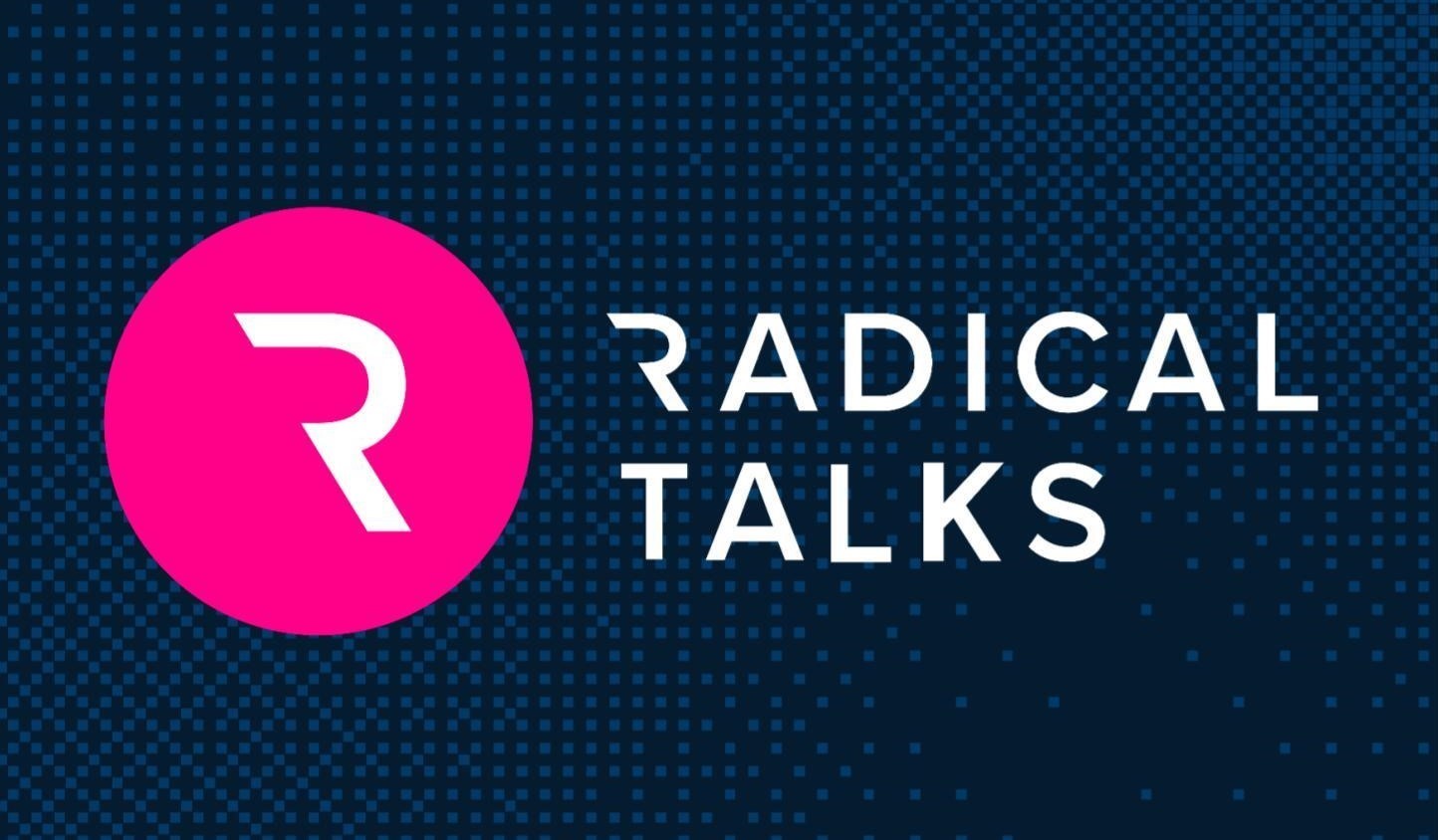The following post is based on a recent Radical Ventures AI Founders Masterclass session with WRITER Co-founder and CEO May Habib.
In the rapidly evolving landscape of enterprise AI, WRITER has emerged as one of the fastest-growing agentic AI platforms serving the Global 2000. From Salesforce and Uber to Vanguard and Prudential, the company’s full-stack architecture has positioned it as a critical infrastructure provider for the world’s most sophisticated organizations.
In a recent Masterclass session, May Habib discusses building a growing enterprise AI company, the continuous pursuit of product-market fit, and the strategic decisions that shaped WRITER’s trajectory.
From Language to Intelligence: The WRITER Journey
May Habib’s path to founding WRITER began with a personal connection to language barriers. As the eldest child in a family that immigrated from Lebanon to Canada, she became her family’s interpreter, experiencing firsthand how language could create obstacles.
“I’ve always been really fascinated with the concept of machines helping us figure out language,” Habib explains. This interest led to her first entrepreneurial venture with co-founder Waseem AlShikh, now CTO and co-founder at WRITER, building a translation company that evolved into a GitHub-based localization startup called Qordoba.
The decision to shut down their revenue-generating company to launch WRITER in 2020 wasn’t easy, but Habib describes feeling “a real calling” to pursue a new direction. What began as a company focused on language has evolved into one working on intelligence at scale, as language has become the interface to increasingly sophisticated AI systems.
The Full-Stack Strategic Advantage
One of WRITER’s most distinctive features is its full-stack architecture, controlling everything from the models to infrastructure and platform. The key strategic decisions came down to whether to focus on prosumers or enterprise customers, and whether to build a developer product or continue selling productized applications.
“Control was just a really big part of it,” Habib explains. “It is really hard to stomach the idea that we could be letting Vanguard or Prudential down because a competitor I quantized the model and didn’t tell anybody. That is us literally not being able to live up to T’s and C’s to multi-million dollar customers.”
This control extends to their product roadmap, allowing WRITER to communicate to enterprises what’s coming rather than simply what they’ve already shipped — crucial for customers who need to make decisions about implementation, enablement, and governance. Being one of only a handful of labs building and training models from scratch also positions WRITER at the forefront of AI advancement.
The Continuous Pursuit of Product-Market Fit
For many founders, achieving product-market fit represents a milestone. But Habib offers a different perspective: in generative AI, product-market fit is never permanent.
“We are in a constant state of re-establishing product market fit as a generative AI company,” she says. “This is such a radically noisy market, noisier than any other market that has ever existed by orders of magnitude.”
The challenge isn’t just competing products but the sheer visibility of what’s possible. Executives and end-users have unprecedented transparency into AI capabilities through consumer tools, creating constant pressure for enterprise vendors. “Just because they’re still paying you doesn’t mean you still have product market fit,” Habib notes, explaining that her team constantly evaluates whether what customers do in WRITER could be accomplished in competitive tools.
This relentless pace requires intentional culture planning and hiring people who thrive in such an environment. “It’s not for everybody,” Habib acknowledges. “It’s very stressful to live this way — constantly refinding product market fit even at a Series C company with half of the Fortune 500 as customers.”
Enterprise Adoption: Complexity and Innovation
When asked about common misconceptions regarding enterprise AI adoption, Habib highlighted the uneven distribution of innovation within large organizations. The same company implementing sophisticated AI use cases in one department might still rely on spreadsheets and manual processes in another.
“There is an underappreciation for how innovative these companies are and how sophisticated their usage patterns can be. It’s just that it’s distributed unequally inside of the company.”
This disparity creates significant challenges for scaling AI adoption. The gap between a successful prototype and fully deployed production system can be substantial, often taking a year to bridge. “A prototype could be in production, connected to live production data, and everyone is using this. But the workflow has totally changed and become semi-autonomous—these are two very different ideas of what being in production is,” Habib notes.
The Strategic Value of Fundraising
With over $300 million raised and a valuation approaching $2 billion, WRITER has successfully navigated multiple funding rounds. Habib offers a refreshing perspective, viewing fundraising as an opportunity rather than a necessary evil.
“I actually like fundraising,” she admits. “My favorite part is getting the team internally really aligned around what’s the story.” For Habib, fundraising provides an opportunity to look beyond the immediate three-to-six-month planning horizon and consider where the company will be three to six years ahead.
The process serves as a bonding experience for the team and stress-tests the company’s strategic convictions. “You will really understand whether you’ve got conviction around something when like 20 people ask you why you do XYZ,” she says. “Once you find that [conviction], even if it’s against the grain, that is just something that becomes a real pillar in the strategy.”
Looking Forward: The Next Chapter
For Habib, the future is about leveraging WRITER’s unique insights gained from working closely with large enterprises to help them operate “agentically”, using AI to fundamentally transform workflows rather than simply automating existing processes.
“I am so excited about the next story that we get to tell the market,” she says. “The type of insight we are now able to understand being in the bowels of these organizations and what it’s going to really require to run these companies agentically, and what we can provide to them as a result. Those are unique insights no other company has.”

